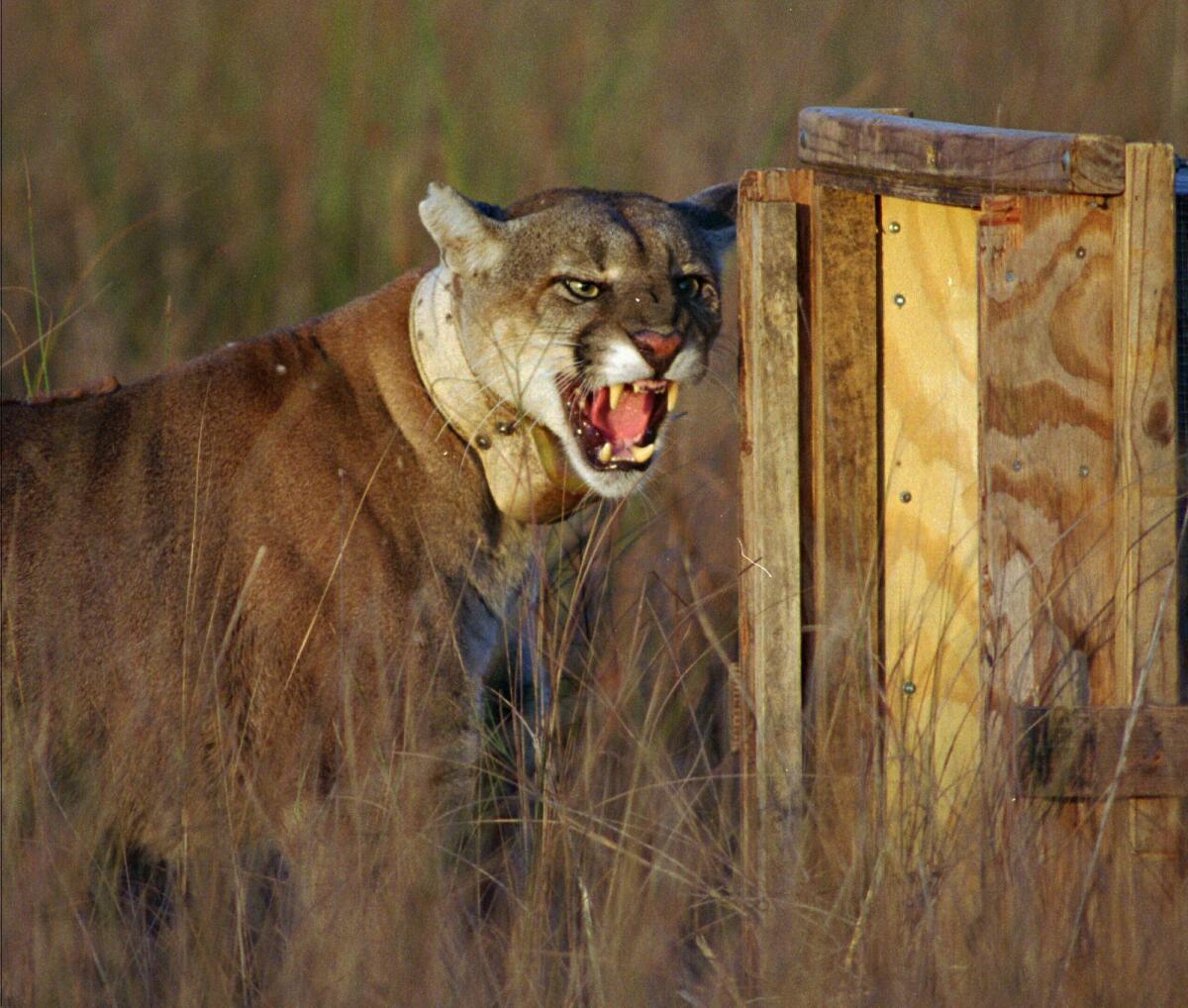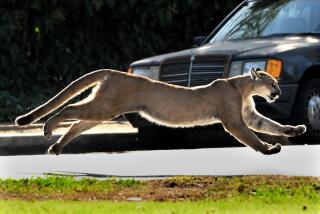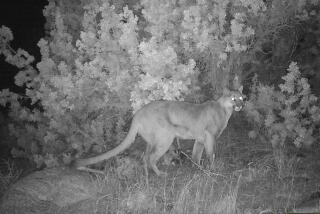Panther comeback in Florida means lost cattle for ranchers, study finds

The Florida panther nearly died out in the 1990s, but conservation efforts since then have more than quadrupled the number of the endangered cats -- and research shows that may be bad news for cattle ranchers.
For centuries, more than 1,000 panthers, also known as cougars and mountain lions, roamed what is now Florida, until around 1832, when a bounty was placed on them because of their perceived threat to people and livestock. By 1995, there were only 20 to 25 of the cats left, and conservation efforts ramped up. By 2012, their numbers had grown to between 100 and 160.
Caitlin Jacobs, a University of Florida master’s student in wildlife ecology and conservation, spent two years conducting a study that tracked more than 400 calves on two cattle ranches, according to the university.
One of the ranches Jacobs studied lost 5% of the herd each year to preying panthers. On both ranches, panther attacks caused the most deaths, although they weren’t the only animals hunting calves.
Each ranch also lost at least one calf to a bear attack during the study, and coyotes and vultures killed others.
Jacobs and the ranchers had to play sleuth to determine which predator was to blame for each calf death: panthers, coyotes, bears or vultures.
A bite wound to the front or back of the calf’s neck most often marked a panther attack, Jacobs said, and the cats almost always dragged their prey to a nearby hiding spot they would revisit later.
Coyote and bear attacks ravaged the calves’ bodies, leaving bad bruises and many external wounds.
Jacobs presented her research two weeks ago at the North America Congress for Conservation Biology in Missoula, Mont. The full study -- funded by the U.S. Fish and Wildlife Service, the Florida Fish and Wildlife Conservation Commission and Defenders of Wildlife -- will be published this year.
She said in a statement that she hoped her study would lead to programs that pay ranchers to maintain key panther habitats, rather than simply compensate them for calf losses.
The mixed landscape around these Florida ranches -- consisting of forests, wetlands, prairies and pastures that allow the endangered cats to hide and stalk -- is essential for panthers to continue their comeback, Jacobs said.
“The ranching landscape is important for panthers,” she said. “Land that’s used for housing or row crops or citrus groves doesn’t help them the same way; they need those natural areas.”
Follow @msrikris for the latest national news.
More to Read
Sign up for Essential California
The most important California stories and recommendations in your inbox every morning.
You may occasionally receive promotional content from the Los Angeles Times.









